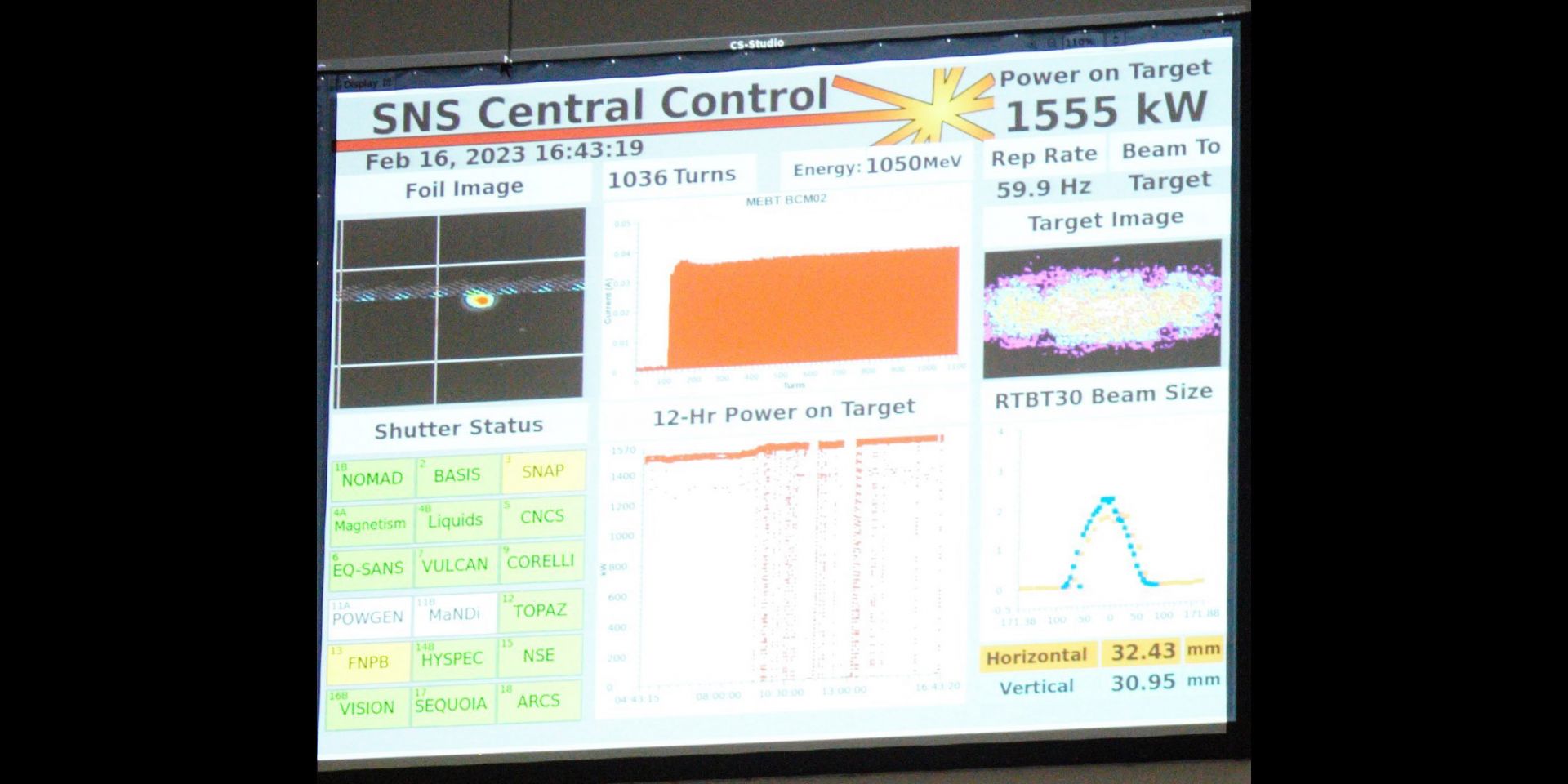What is involved in radiation protection at accelerator facilities?

Irina Popova
Particle accelerators have evolved from exotic machines probing hadron interactions to understand the fundamentals of our world to widely used instruments in research and for medical and industrial use. For research purposes, high-power machines are employed, often producing secondary particle beams through primary beam interaction with a target material involving many meters of shielding. The charged beam interacts with the surrounding structures, producing both prompt radiation and secondary radiation from activated materials. After beam termination, some parts of the facility remain radioactive and potentially can become radiation hazards over time. Radiation protection for accelerator facilities involves a range of actions for operation within safe boundaries (an accelerator safety envelope). Each facility establishes fundamental safety principles, requirements, and measures to control radiation exposure to people and the release of radioactive material in the environment.



 2x1.jpg)